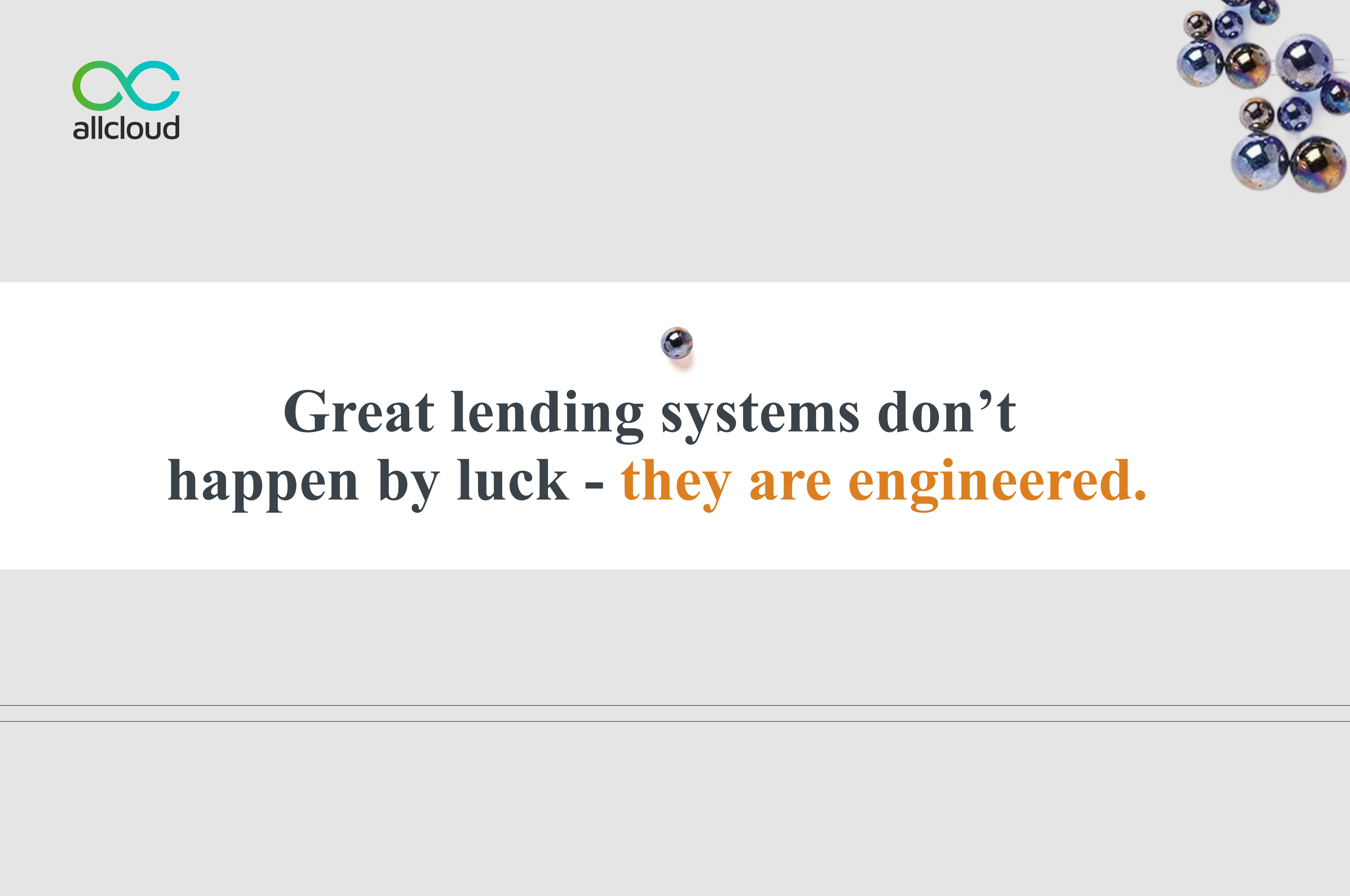Digital Framework for Payday Lending Process.
Get In Touch

Heading 1
Heading 2
Heading 3
Heading 4
Heading 5
Heading 6
Lorem ipsum dolor sit amet, consectetur adipiscing elit, sed do eiusmod tempor incididunt ut labore et dolore magna aliqua. Ut enim ad minim veniam, quis nostrud exercitation ullamco laboris nisi ut aliquip ex ea commodo consequat. Duis aute irure dolor in reprehenderit in voluptate velit esse cillum dolore eu fugiat nulla pariatur.
Block quote
Ordered list
- Item 1
- Item 2
- Item 3
Unordered list
- Item A
- Item B
- Item C
Bold text
Emphasis
Superscript
Subscript
Digital Framework for Payday Lending Process
India’s Domestic Credit Growth [2000 - 2020] shows a turbulent trend in credit availability. It is depressingly trending downhill especially since 2019-20. Hence, non-banking avenues to avail credit including payday loans seem to be thriving. In fact, an estimated Rs 400 crores are disbursed on a monthly basis by Payday loan companies in India. While they are certainly not a bargain or an alternative in the world of personal finance and traditional banking, it certainly is looked upon as an “easy fix” or an “instant liquidity solution” for ultra-short-term cash flow issues.
Payday loans are ultra-short term unsecured loans i.e. to be paid within 1 to 30 days, or whatever your decided pay-date is. Unlike traditional loans, these are costlier wherein a daily interest of 1-1.5% is usually charged, which keeps accumulating until the borrower settles the loan amount in full. Hence, the borrower is in complete control to pay either by the decided pay-date or add more interest to the principal amount until the loan is settled. In short, Payday loans are short-term high-cost loans that are availed by people during liquidity crises either at the time of emergencies or during cash-crunch for personal needs. People who have a bad credit history, low credit score, zero/minimal savings, no credit card, or low credit limits tend to opt for Payday loans.
Payday lending majorly relies on existing customers, low-income minority groups, or millennials who’d consume more than save for rainy days. Payday loan companies notoriously charge exorbitant daily interest, and unrealistic payback plans to capture people in a debt-trap. However, in India, we are witnessing a new paradox in Indian banking: Rising of unsecured loans amid lower credit scores. Interestingly, as digitization continues to rise parallelly, the possibilities are endless for the Payday companies to innovate. Payday loans save the day during ultra short-term needs.
While the lack of technical know-how and the fear of disruption of existing operations leading to a halt in business might discourage or overwhelm Payday loan companies, the worry is pointless.
Read on to know how technology has so seamlessly fit into the existing processes of Payday loan origination and management that it has only resulted in enhanced speed, accuracy, and transparency.
We lay down the process and tech framework to enable payday lending.
On-board new customers-
- Collect the following basic information on a digital application on a website or mobile application in minutes.
- Identity
- Place of residence
- Employment status
- Loan amount, etc
The application can enable the customer to apply for loans, view existing application status, and effectively track payments and interest of the sanctioned loans in one place, without any/minimal human interaction.
- Procure documents such as salary slips, bank statements, Aadhar, PAN card, etc for KYC verification through digital scanning in no time
- OCR (optical character recognition) can confirm the authenticity of the PAN/Aadhar card. An integration with NSDL for PAN verification can be done.
- There are many fintech companies that can accurately analyze, and verify bank statements.
- Meanwhile, an automatic backend integration using an API (application program interface) from credit agencies such as CIBIL, CRIF, Equifax, Experian, etc will pull out the entire borrowing history of the person.
- Make an IVR (interactive virtual response) telecall to confirm the status and details of the customer. This also takes digital consent from the customer.
- Online disbursement of loans using banking integration saves time and effort in disbursements and reconciliation.
- Recollection of loan/debt recovery through the payment gateway or UPI.
- Constant communication and automated updates sent to the customer using social channels like WhatsApp, Emails, and SMS.
- Successful digital loan servicing and settlement of the loan.
As we see, the entire Payday loan origination and management can be efficiently managed without much human intervention on the front-end, with the processes that took hours or days shrunk to minutes.
Digitization has led to a spike in customer retention as many companies can use multiple communication channels to touch base with the existing customers. If the existing customers want to re-apply for a loan, it can be done in minutes.
One cannot deny that Payday loans are solving the ultra-short-term credit problems, especially in case of emergencies; an avenue that banks are not capable of serving yet.
With digitization, it is becoming an “instant solution” during the cash crunch. Many start-ups and NBFCs are riding this digital bloom and widening the scope of innovation in the lending industry. Technology is allowing the payday lending industry to reduce its dependency on human resources and thus eliminate the risk of errors and frauds in operations. It also helps the companies analyze the data to further refine and optimize the processes for maximum productivity. Besides, as borrowing habits change, Indian loan startups hit payday, meaning healthy competition in the industry. All in all, even though the payday loans are unsecured, with responsible aware consumers, ethical practices, legal monitoring, and most importantly digitization, it’s future can definitely be secured.


.png)





